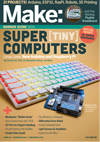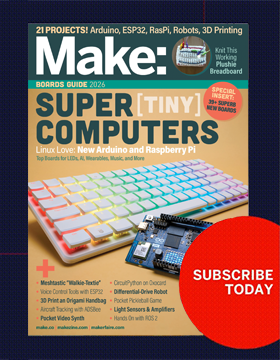Intellectual Property and the Future of @Home Manufacturing
Like it or not, the ability to pirate physical objects and functional electronics is nearly upon us. In this article we devote some time and space to thinking about that possible future, and what might be done to avoid it. Additive manufacturing makes the entire design process “think it up, design or scan it, create it on-site.” So where does the “research to make sure you’re not conflicting with anyone elses existing intellectual property” step come into play? Before or after you hit the print button?










